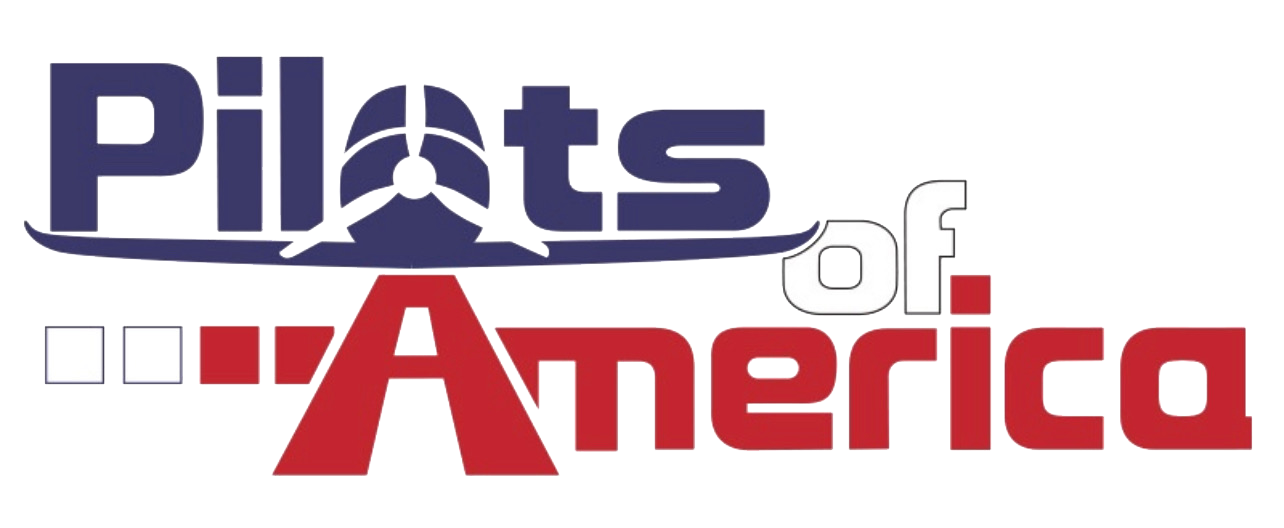Dan Thomas
Touchdown! Greaser!
- Joined
- Jun 16, 2008
- Messages
- 11,491
- Display Name
Display name:
Dan Thomas
That's the bottom of the ring travels. You can see where each ring stops. The most wear is where all the rings travel, the least is where only the top or bottom rings travel, at the top and bottom of the travel range.Not quite sure whats going on in the 3rd pic towards the base of the cylinder.
During ground-running moisture can build up between the piston and cylinder walls. After shutdown, this moisture causes corrosion of the cylinder wall, pitting it and reducing the ring contact area. The rings then eat away at the cylinder wall, and leave a sharp ridge at the bottom of the ring travel. That ridge chips away at the aluminum piston pin plugs that are designed to center the pin by running on the cylinder wall. You start finding aluminum ships in the filter. Just one more way of shortening the life of an engine.
Some old engines had five rings: three above the pin, two more beneath it. This moved any ridging below the pin button travels and avoided chipping the buttons.
Those pins float in both the rod and piston. They aren't pressed into the rod as was common with auto engines. Only if there's serious varnish buildup on the short sections of pin between the rod's bushing and piston bosses will you have some shoving to do.The piston pins in both 1 & 2 were about the same. Perhaps slightly more pressure was required to start movement on #1. This is the first time I have removed a piston pin so I don't have a point of reference.

















